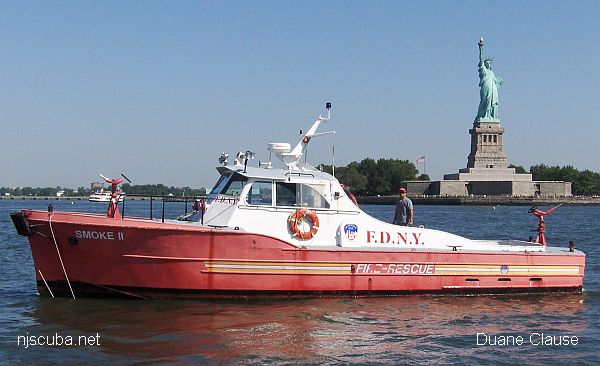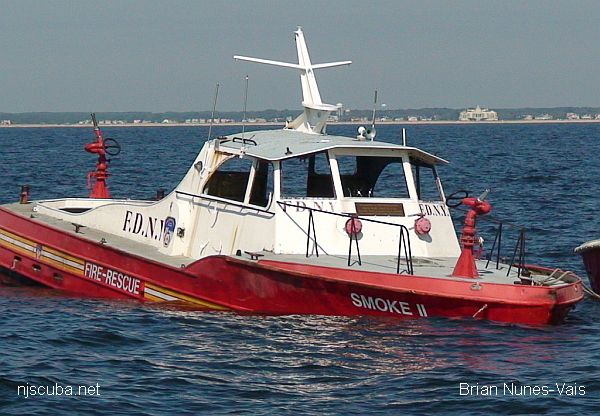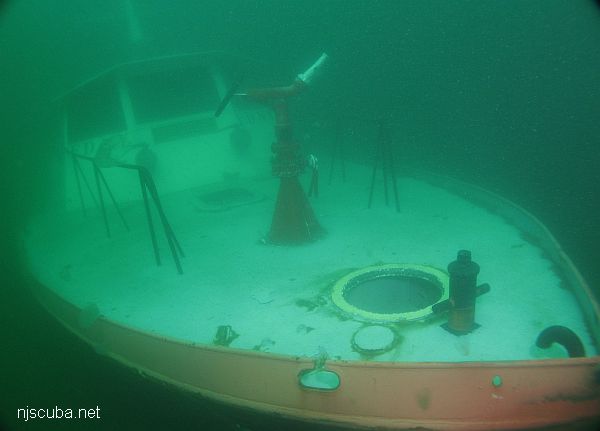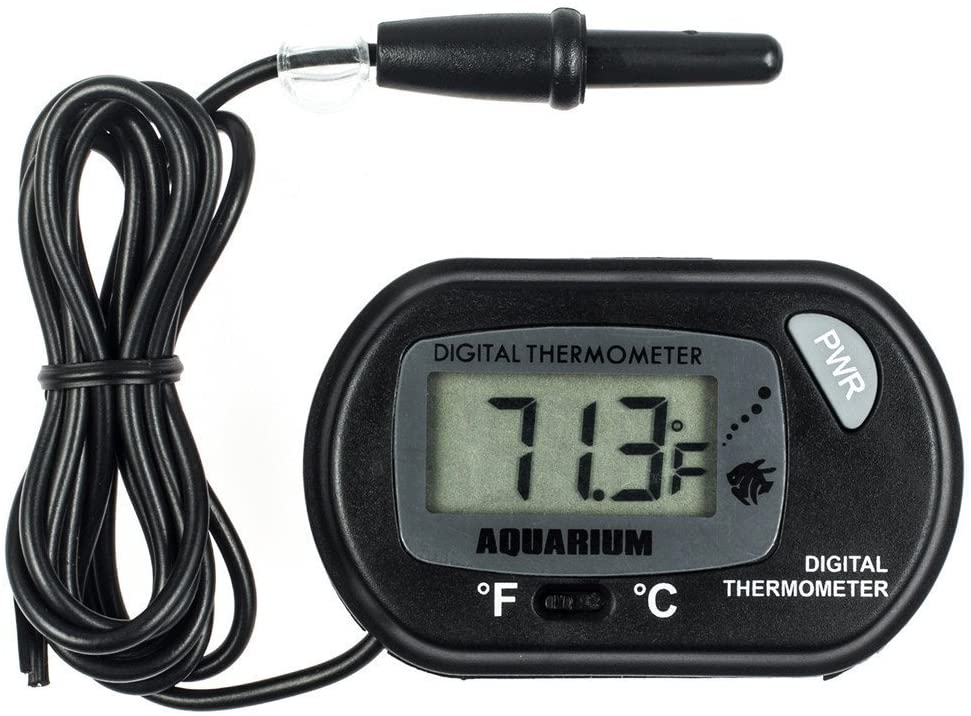Smoke II

- Type:
- artificial reef, fire boat
- Built:
- 1958, Equitable Equipment Company, New Orleans LA USA
- Specs:
- ( 52 ft, 34 tons )
- Sponsor:
- FDNY, Ann E Clark Foundation
- Sunk:
- Friday August 8, 2008 - Sea Girt Artificial Reef
- GPS:
- 40°07.829' -73°56.379'
The Smoke II was built in New Orleans, Louisiana, in 1958. It was 52 feet in length, steel, pumped 2,000 gallons per minute, and was equipped with two monitors (water nozzles). The fireboat was commissioned to be used as the chief’s tender for all marine operations and served as a command post. Later it was used as a backup for Marine Unit 6, the Kevin Kane. After September 11, 2001, the Smoke II pumped water to the World Trade Center site following the attacks. The boat also transported Fire Capt. Al Fuentes from the site to a trauma center in New Jersey after he was rescued from the rubble.





Questions or Inquiries?
Just want to say Hello? Sign the .